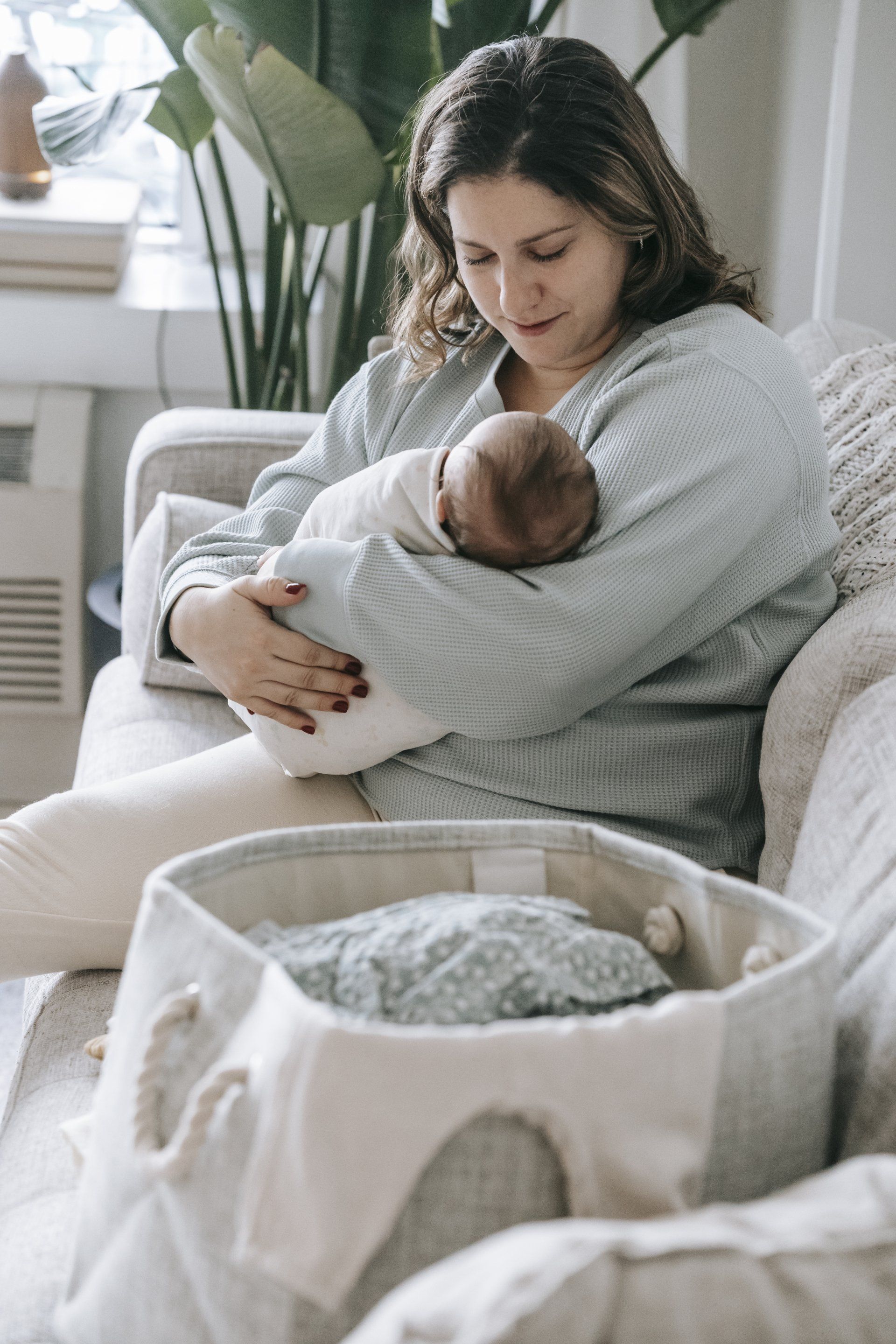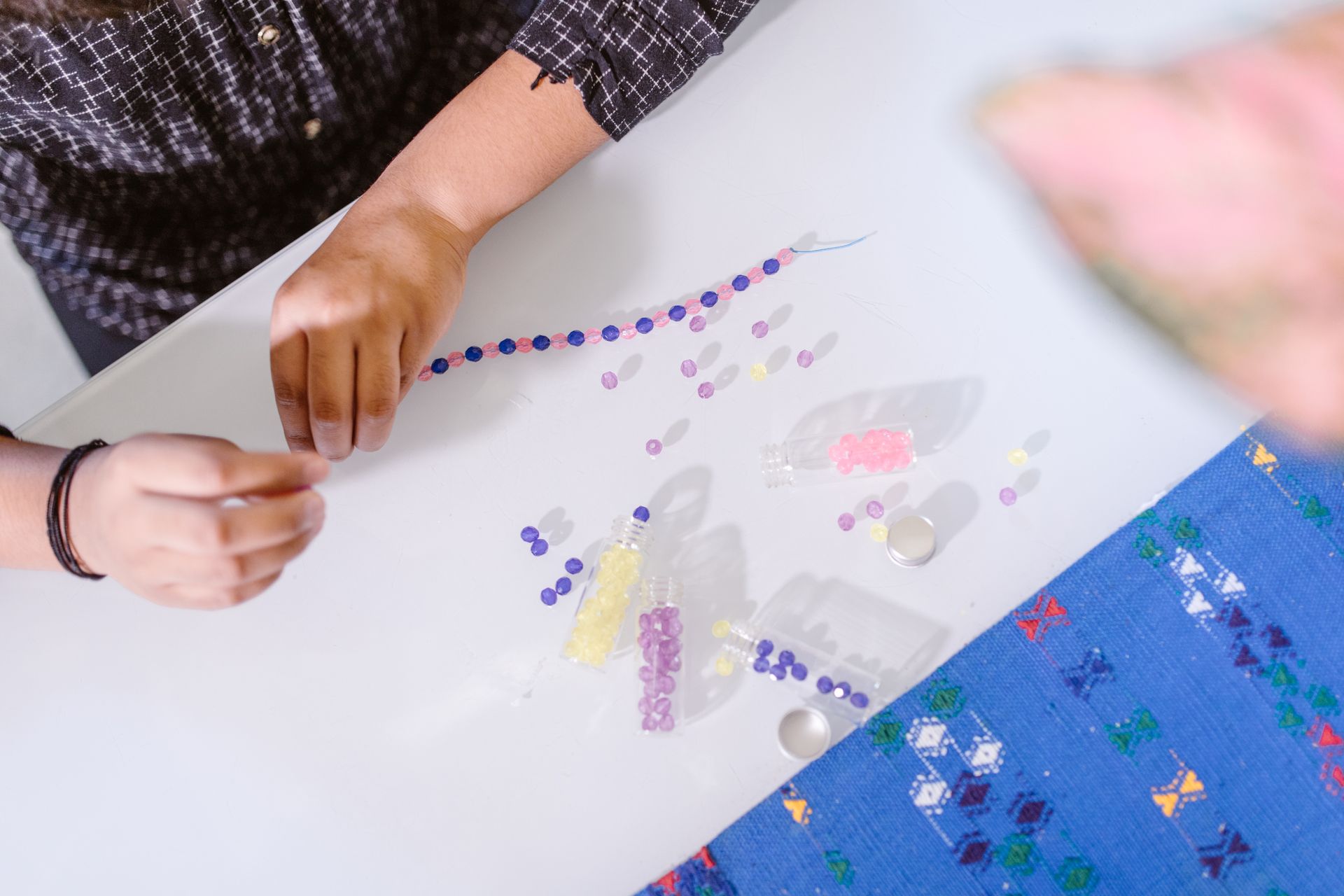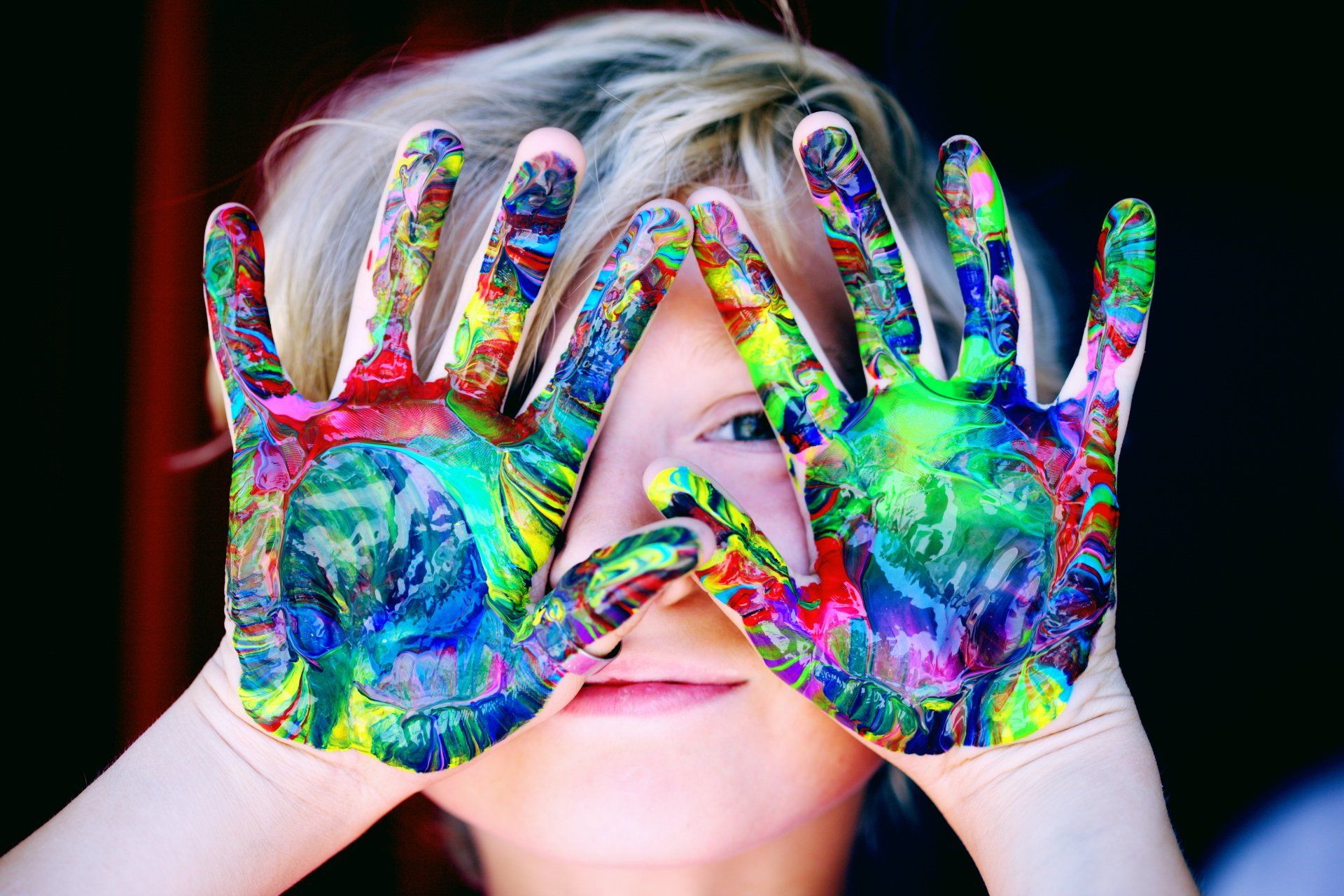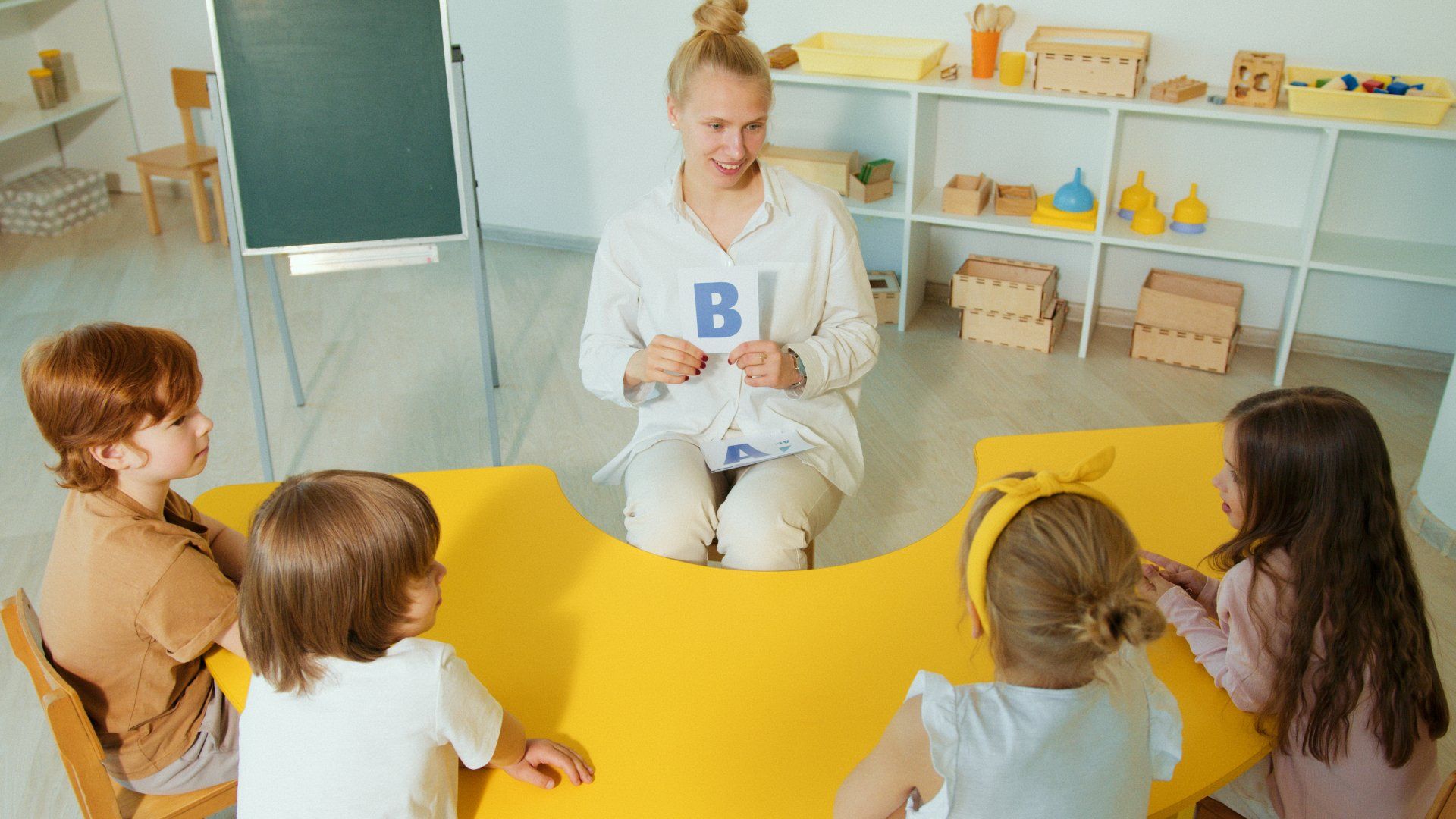Creating Homemade Playdough or Slime for Sensory Play
Creating Homemade Playdough or Slime for Sensory Play

Sensory play is an essential aspect of early childhood development, offering numerous benefits for children aged 0-5. This blog delves into the significance of sensory play and provides detailed instructions for making homemade playdough and slime. These fun, easy-to-make materials are perfect for engaging young children, fostering their growth, and sparking creativity. Let's dive into the magical world of sensory play!
Understanding Sensory Play
Sensory play involves activities stimulating a child's senses—touch, smell, sight, sound, and sometimes taste.
For children aged 0-5, sensory play is crucial as it enhances various developmental aspects:
- Cognitive Development: Sensory play supports brain development, helping children process information and understand cause-and-effect relationships.
- Fine Motor Skills: Manipulating playdough and slime strengthens hand muscles and improves coordination, which is essential for tasks like writing and buttoning clothes.
- Creativity and Imagination: Open-ended sensory play encourages children to explore and experiment, fostering creativity and imaginative thinking.
- Emotional and Social Benefits: Sensory play can be soothing and help children manage stress. It also promotes cooperative play, enhancing social skills.
Safe and Non-Toxic Ingredients
When creating sensory materials for young children, safety is paramount. Using non-toxic, edible ingredients ensures that the materials are safe for exploration. Here’s what you’ll need for homemade playdough and slime:
Playdough Ingredients:
- 2 cups plain flour
- 1 cup salt
- 2 tablespoons cream of tartar
- 2 tablespoons vegetable oil
- 1.5 cups boiling water
- Food colouring (optional)
Slime Ingredients:
- 1 cup PVA glue (white school glue)
- 1 teaspoon baking soda
- 2-3 tablespoons contact lens solution (containing boric acid)
- Food colouring (optional)
Essential Tools:
- Mixing bowls
- Spoons
- Storage containers
- Measuring cups
Step-by-Step Guide to Making Playdough
Making homemade playdough is a simple and rewarding process. Here’s a detailed recipe to get you started:
Ingredients:
- 2 cups plain flour
- 1 cup salt
- 2 tablespoons cream of tartar
- 2 tablespoons vegetable oil
- 1.5 cups boiling water
- Food colouring (optional)
Instructions:
- In a large bowl, mix the flour, salt, and cream of tartar.
- Add the vegetable oil and boiling water. If using food colouring, add it to the water before mixing.
- Stir continuously until the mixture forms a dough.
- Allow the dough to cool slightly, then knead it on a flat surface until smooth and pliable.
Customisation Tips:
- Colours: Divide the dough into portions and add different food colouring to each for a rainbow of playdough.
- Scents: Add a few drops of essential oils (like lavender or peppermint) for a sensory-rich experience.
- Textures: Mix in glitter, sand, or small beads to add interesting textures.
Step-by-Step Guide to Making Slime
Homemade slime is another fantastic sensory material that children love. Here’s a simple recipe:
Ingredients:
- 1 cup PVA glue
- 1 teaspoon baking soda
- 2-3 tablespoons contact lens solution
- Food colouring (optional)
Instructions:
- In a mixing bowl, combine the PVA glue and baking soda.
- Add food colouring and mix thoroughly.
- Gradually add the contact lens solution while stirring continuously. The mixture will start to thicken and become stretchy.
- Knead the slime until it reaches the desired consistency. If it’s too sticky, add a bit more contact lens solution.
Customisation Tips:
- Colours: Use different food colourings to create vibrant slime.
- Textures: Add glitter, foam beads, or small plastic toys for added fun.
Safety and Storage Tips
Ensuring the safety and longevity of your homemade sensory materials is crucial:
Safety Precautions:
- Supervision: Always supervise young children during sensory play to prevent accidental ingestion or contact with eyes.
- Allergies: Be aware of any potential allergies to ingredients used in playdough or slime.
- Clean Hands: Encourage children to wash their hands before and after playing with sensory materials.
Storage Guidelines:
- Playdough: Store in airtight containers or resealable plastic bags to keep it soft and pliable. If the playdough dries out, add a small amount of water and knead until smooth.
- Slime: Keep in sealed plastic bags or containers to maintain its consistency. If slime hardens, add a few drops of water and knead it to restore its texture.
Engaging Sensory Play Activities
Sensory play is not just about making materials; it's about using them creatively:
Playdough Activities:
- Shape-Making: Use cookie cutters to make different shapes and figures.
- Pretend Baking: Set up a mini bakery and let children "bake" their creations.
- Animal Creations: Encourage kids to make animals and tell stories about them.
- Letter and Number Learning: Incorporate alphabet and number cookie cutters to combine learning and play.
Slime Activities:
- Stretching and Squeezing: Let children explore the textures by stretching and squeezing the slime.
- Sensory Bags: Fill resealable plastic bags with slime and small objects for a mess-free sensory experience.
- Mixing Colours: Combine different colours of slime and observe how they mix and change.
Educational Elements:
- Letters and Numbers: Use playdough to form letters and numbers, enhancing literacy and numeracy skills.
- Science Exploration: Discuss the properties of materials (solid, liquid) and how they change during play.
Encouraging Creative Play
Creative play is vital for developing problem-solving skills and imagination:
- Open-Ended Play: Provide children with materials and let them decide what to create, encouraging independent thinking and creativity.
- Sensory Play Area: Set up a dedicated space at home or in the classroom with various sensory materials and tools.
- Material Rotation: Keep play exciting by rotating different materials and tools to prevent boredom and stimulate new ideas.
Testimonials and Real-Life Examples
Here are some inspiring stories from parents and early years educators who have embraced sensory play:
"Making playdough at home was a game-changer! My kids love it, and it's so easy to make. We've spent hours creating shapes and telling stories." - Emma, mum of two.
"The sensory play area in our classroom has been a huge hit. The children love the slime activities, and it's amazing to see their creativity flourish!" - Sarah, early years educator.
"I was hesitant at first, but homemade playdough has become a staple in our household. My daughter loves the different textures and colours we create together." - Linda, parent.
Conclusion
Sensory play with homemade playdough and slime offers countless benefits for young children. It’s an easy, fun, and educational way to support their development. We encourage you to try these recipes and share your experiences with us.
GLOBAL KIDS DAY CARE LIMEHOUSE
Lascar Wharf Community Centre, Limehouse, London, E14 7FN. | Tel: 0207 001 1210 Email: limehouse@globalkidsdaycare.co.uk
GLOBAL KIDS DAY CARE MILE END
21 Burdett Road, Mile End, London, E3 4TU. | Tel: 0208 980 1706 Email: mile-end@globalkidsdaycare.co.uk
GLOBAL KIDS DAY CARE ALDGATE EAST
52 Old Castle Street, Aldgate East, London E1 7AJ. | Tel: 0203 302 7800 / Mobile: 07823 770035 | Email: aldgateeast@globalkidsdaycare.co.uk
Opening Times: 8am - 6pm

















